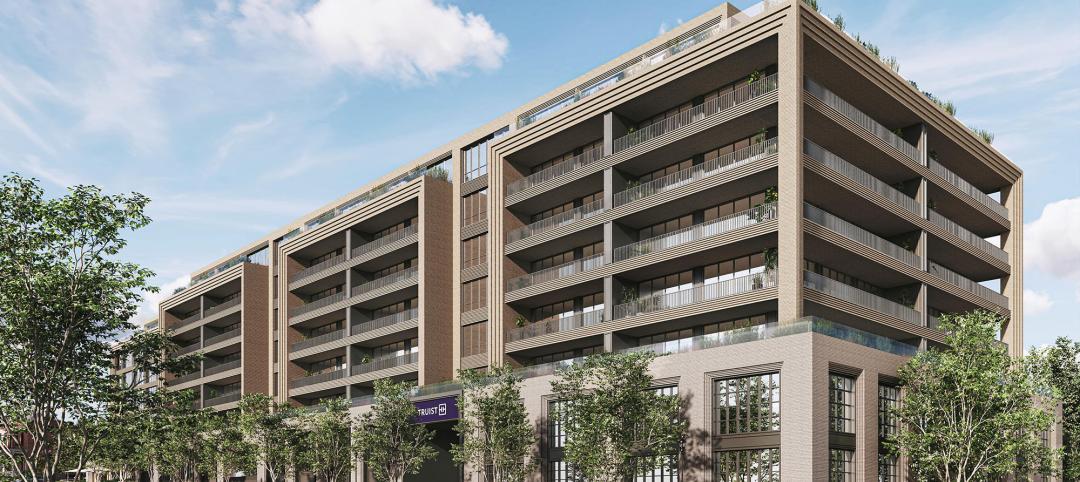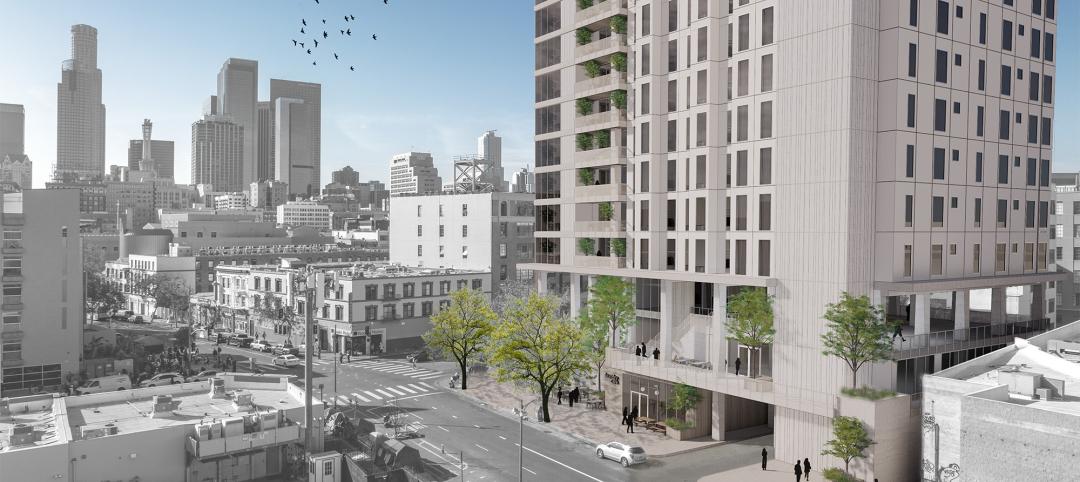Despite a collective Paris Climate Accord hangover – the throbbing ache at the temples many of us continue to feel in the aftermath of the United States’ withdrawal in June – dozens of our nation’s leaders attended the United Nations Conference of the Parties (COP)-23 in Bonn, Germany, demonstrating unity, leadership and resolve on climate action.
With the U.S. federal government abdicating its role on climate, many states and cities are controlling their own destiny: more than 350 “Climate Mayors” have committed to upholding the goals outlined in the Paris Accord, aiming to reduce their city’s emissions by 80 percent by 2050. In 25 cities spanning 17 states, civic leaders are setting in motion plans to get 100 percent of their electricity from renewable sources. On the global front, more than 7,000 cities comprised of 678 million citizens have pledged to reduce greenhouse gas emissions through the Global Covenant of Mayors for Climate and Energy compact.
Corporate interests large and small are already focused on what the impact of climate change means to their business – a real driver for change in a market-driven economy. Concern over financial health and asset risk is one of the primary drivers – consider the financial and investment interests of Bank of America, Vanguard Group, Blackrock, Allianz SE, JP Morgan, CitiGroup, CalPERS. Wall Street and the corporate attitude about climate change has crossed a threshold, largely driven by questions of resilience and managing risk in the face of the 21st century’s greatest challenge.
These future-facing leaders realize that holding the keys to the city, responsibly, means flexing political and economic muscle to take on the difficult urban development work that considers a new climate reality. We can’t afford to go into ostrich mode when we know that two-thirds of the world’s greenhouse gases are generated in our cities, accounting for 70 percent of emissions globally, and that by 2030, two-thirds of the world’s projected 8.5 billion people will live in cities. Our cities’ civic and business leaders understand that staggering costs for climate disaster clean-up and the related economic, human and habitat losses make our urban centers less competitive and less desirable places to live.
For these optimists, this weighty challenge provides an opportunity for all who have a say in urban development. Coalescing around a shared threat is stoking ingenuity on climate action to create vibrant, thriving places.
Take for example an HKS-designed project, a 1.3 million square-foot “Living Learning Neighborhood” campus at the University of California San Diego (UCSD) North Torrey Pines. The UCSD community, along with the entire 10-campus University of California system, announced its Carbon Neutrality Initiative in 2013, pledging to become carbon neutral by 2025. To reach a net-zero greenhouse gas emission goal with this project, the design extends beyond sustainable design and construction strategies that simply reduce energy and water use and mitigate waste. By investing in localized future climate files (versus solely relying on historical climate data) and modern technology, the design embraces resilience, high-performance and beauty.
Climate Action Plans, by both the City of San Diego and UCSD, became the guiding principles of the project’s design to reduce it impacts on the environment for current and future generations. Several frameworks – including LEED, ParkSmart, Title 24, WELL, AIA 2030 and more – helped organize and drive performance forward. Measurement & Verification Plans (M&V) will provide the university with an accurate report on performance and data in real time, continuously.
The California Institute for Energy and Environment, based at the University of California Berkeley, conducted a preliminary study of how UC campuses will achieve carbon neutrality system-wide: by achieving an 84 percent reduction in carbon use through the extensive use of renewable sources of biogas, cogeneration plants, on-site solar and improvements in energy efficiency. HKS’ campus design meets UC’s objectives while setting the tone for the UC community, and others, to follow.
HKS, like many architecture firms, has signed on to several letters and petitions, including one to the U.S. Department of Energy, Low Carbon USA, and the EPA. The latest admonition is a letter published in Bioscience signed by nearly 16,000 scientists from 184 countries, advocating for massive behavior change on greenhouse gas reduction. This five-alarm warning shouts that the planet will sustain “substantial and irreversible” harm unless we take urgent action – now. It’s a nice gesture to sign a letter or go on the record opposing government policy, but hard work and resolve lie ahead – applying our political might, expertise, creativity, passion, and just getting down to it, will go far in sublimating the fear, denial, rhetoric and defeatism we hear about our climate future every day. Most fundamentally, it is our work that matters.
Smart planning and design strategies improve lives and safety, create jobs, impact human health and wellbeing, and help restore the environment. At every opportunity, architects must think beyond the property lines of single buildings. Networked energy, water and food systems and creative urban plans that knit together neighborhoods, business, cities, local governments and transportation systems – is how we make a measurable impact on emissions reduction targets. Purposeful, holistic design is the path forward.
HKS is committed to creating better and healthier environments. We will continue to partner with our clients and communities to contribute toward resolving our global climate crisis to address energy, air quality, material health, water usage and carbon reduction in our design work. As an industry, we don’t have to rely on government participation in climate accords. We simply must get serious about the AIA 2030 Commitment. This is neither an abstraction nor an accounting exercise; it’s about designing and delivering projects with a smaller footprint.
It goes without saying that our future relies on creating meaningful business-to-community approaches, forging alliances with partners across industry sectors in support of municipalities and all stakeholders seeking our expertise. This is how an international design practice can help tackle a global issue.
The climate has changed – and so must we. We have the knowledge, tools, resources, opportunity and commitment to the process to reinvent our cities. Let’s get to work.
Related Stories
Urban Planning | Jan 2, 2024
Federal Highway Administration releases updated traffic control manual
With pedestrian deaths surging nationwide, the Federal Highway Administration released a new edition of the Manual on Uniform Traffic Control Devices for Streets and Highways. The manual contains standards for street markings and design, standardizing signage, and making driving as seamless as possible.
Urban Planning | Dec 18, 2023
The impacts of affordability, remote work, and personal safety on urban life
Data from Gensler's City Pulse Survey shows that although people are satisfied with their city's experience, it may not be enough.
Multifamily Housing | Nov 30, 2023
A lasting housing impact: Gen-Z redefines multifamily living
Nathan Casteel, Design Leader, DLR Group, details what sets an apartment community apart for younger generations.
Condominiums | Nov 6, 2023
Douglas Elliman launches its first Metro D.C. condominium project
Douglas Elliman, one of the largest independent residential real estate brokerages in the United States, announced last week that the firm will be handling the sales and marketing for Ten501 at City Centre West.
Office Buildings | Oct 16, 2023
The impact of office-to-residential conversion on downtown areas
Gensler's Duanne Render looks at the incentives that could bring more office-to-residential conversions to life.
Urban Planning | Oct 12, 2023
Top 10 'future-ready' cities
With rising climate dilemmas, breakthroughs in technology, and aging infrastructure, the needs of our cities cannot be solved with a single silver bullet. This Point2 report compared the country's top cities over a variety of metrics.
Resiliency | Aug 7, 2023
Creative ways cities are seeking to beat urban heat gain
As temperatures in many areas hit record highs this summer, cities around the world are turning to creative solutions to cope with the heat. Here are several creative ways cities are seeking to beat urban heat gain.
Affordable Housing | Jul 27, 2023
Repeatable, supportive housing for the unhoused
KTGY’s R+D concept, The Essential, rethinks supportive housing to support the individual and community with a standardized and easily repeatable design.
Urban Planning | Jul 26, 2023
America’s first 100% electric city shows the potential of government-industry alignment
Ithaca has turned heads with the start of its latest venture: Fully decarbonize and electrify the city by 2030.
Urban Planning | Jul 24, 2023
New York’s new ‘czar of public space’ ramps up pedestrian and bike-friendly projects
Having made considerable strides to make streets more accessible to pedestrians and bikers in recent years, New York City is continuing to build on that momentum. Ya-Ting Liu, the city’s first public realm officer, is shepherding $375 million in funding earmarked for projects intended to make the city more environmentally friendly and boost quality of life.

















